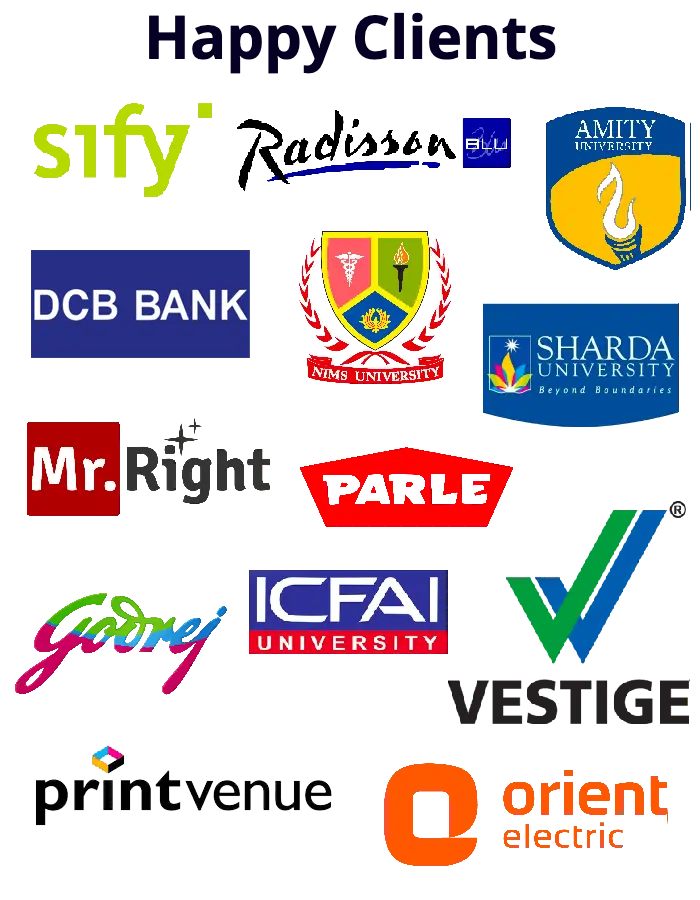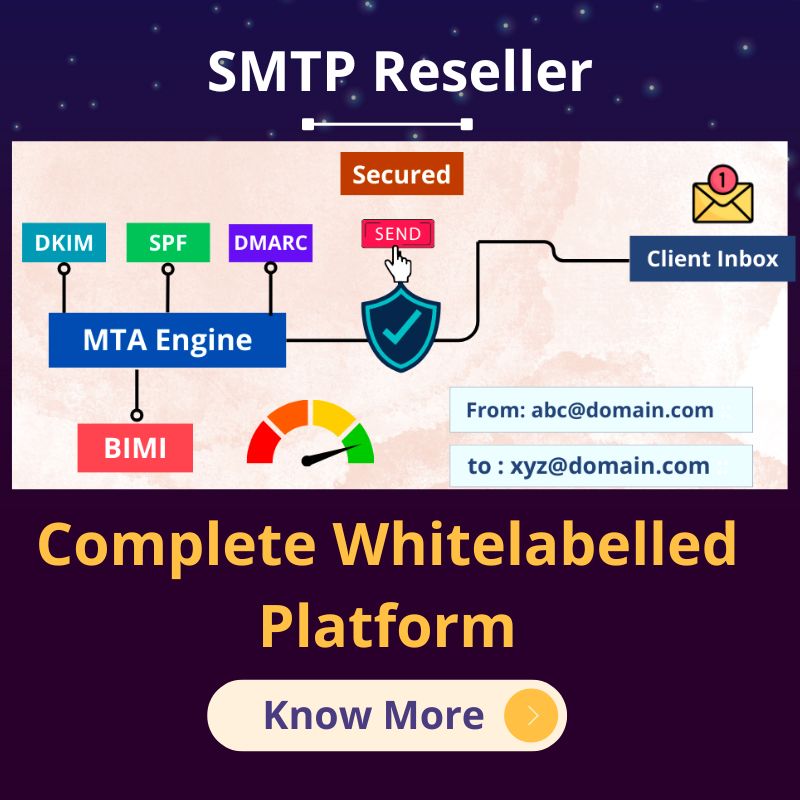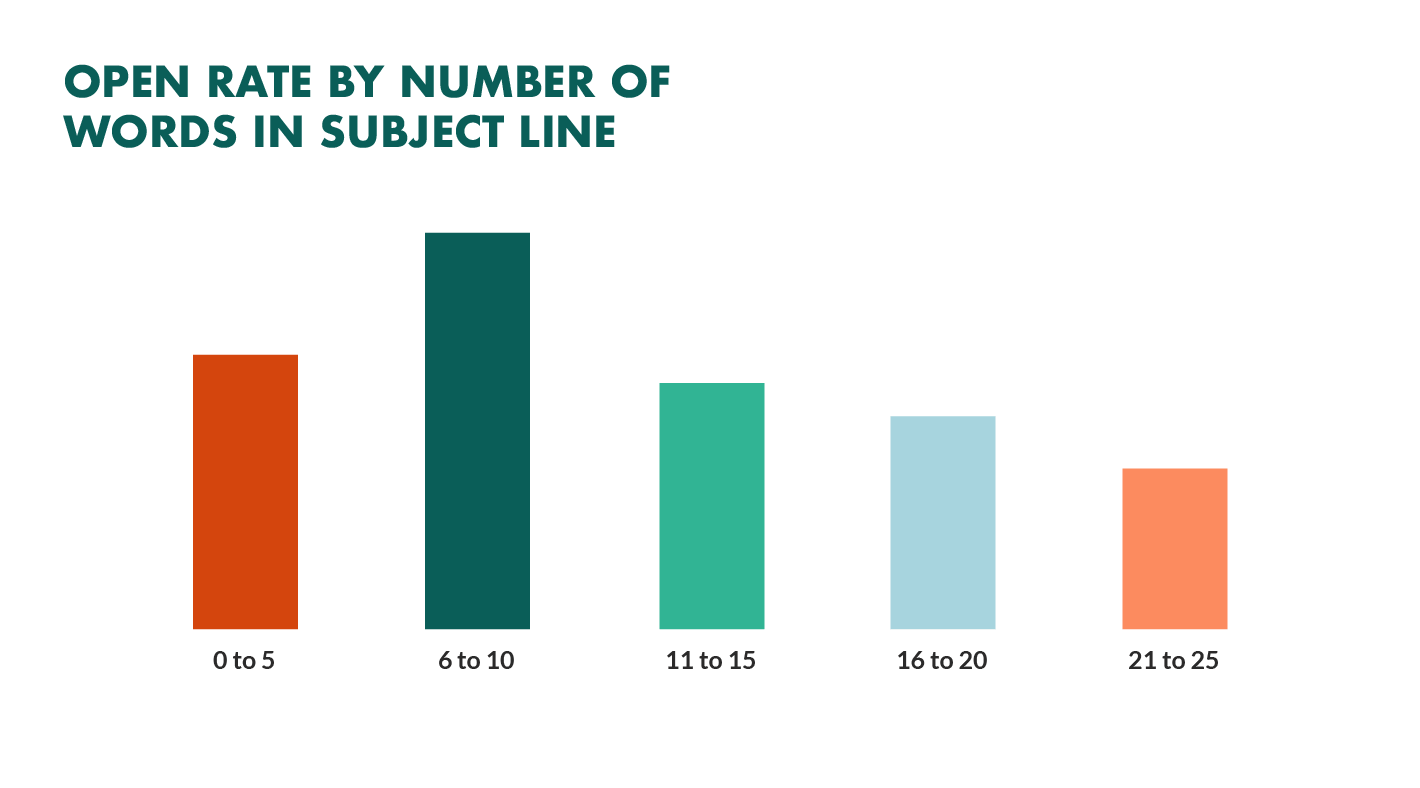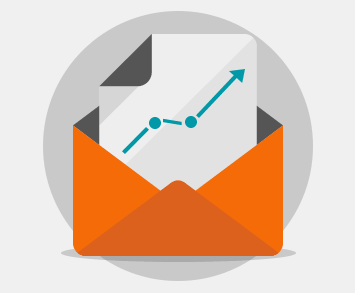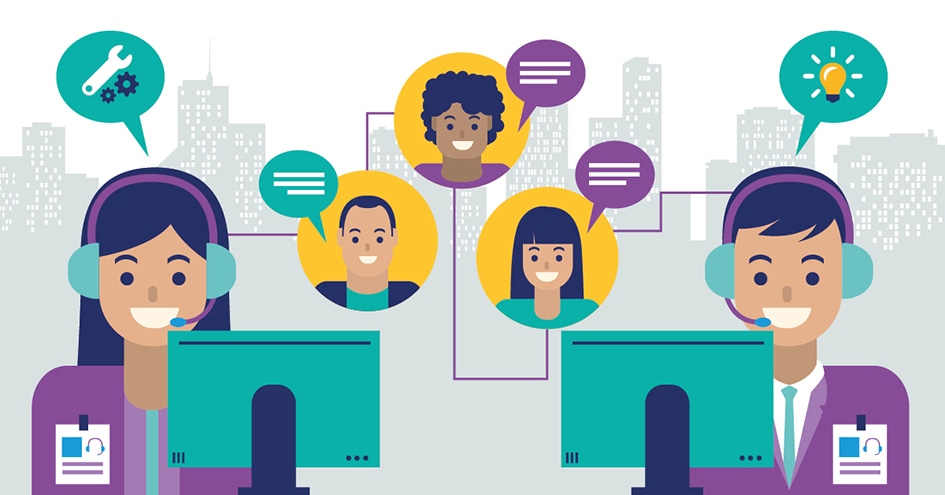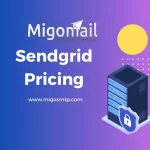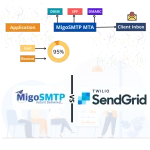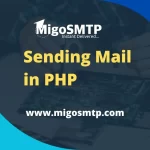As long as you spend all your time managing lists and subscriptions; When income employees were expected to get your call back; When all the right leads start to withdraw from their opponent.
These are the marketing automation tips you need to go beyond just batch and blast advertising, earn revenue on a single web page, aspire to an advanced leadership management process – these are the 5 marketing automation tips that come into your online business Marketing automation will help.

1. Sales and Marketing are Antagonistic
It is a vicious cycle. The income workforce runs best on a fraction of a major marketing presentation and claims that the holidays are “not right”. Advertising and marketing seems as if they are doing their part to authenticate it, although they no longer get the credit for the pipeline and earnings.
Answer is priority. When each lead will be pushed into revenue regardless of quality or stage, it will be difficult to know who to call first. Marketing automation allows you to evaluate and rank for matches (correct title, industry, etc.) and conduct (e-mail response, website visits, downloads, and campaign subscriptions). By agreeing which key ratings are enabled for earnings, and the way sales will comply, you can save each group time and deal with core ambitions.
2. You’re Consumed by Manual, Repetitive, Inefficient Tasks
Whether it is building lists, managing leads, or developing email and landing pages – the progress of each and every new crusade is like reorganizing the wheel. You spend a lot of time carrying out strategic or reactive duties, you’ve got very little bandwidth to focus on new strategic initiatives.
Marketing automation makes it possible to build reusable workflows for hobbies, webinars, email marketing, and extras – and you can speed up communication based on prospects. The result is a sustainable process for core nutrition, and more time to focus on simple advertising applications.
3. You’re Losing Good Leads to Your Competitors
You spend the majority of your finances with the goal of acquiring new contacts. However, now all these contacts are not ready to buy. A method for selecting and marking factors for rejected leads is either missing or missing. Therefore, your radar is losing contact and your competitor is ready to swoop and buy.
You also have a lead-of-mind, not a lead, but must read to buy. Marketing automation empowers you to reproduce the intimacy of one-to-one communication on a much larger scale. With automation, you will be able to control one conversation with multiple individuals at once in a program, with a general dialogue and a behavioral indicator for a productive dialogue.
4. You Can’t Target the Right Prospects
You suffer from the “one measurement fits all” method for advertising and marketing. However when you send the same message to everyone, or aim only at headquarters on surface-platform demographics, there is a greater risk of your message being dropped. You are not prone to ego, however, for the reason that you lack a tool to concentrate and compartmentalize.
With marketing automation that allows you to track the potential in on-line entertainment to discover your interests and intentions. Clean and mixed with general information, leading to increased conversations and unsubscribes, considering being ready to send only the most prominent messages.
5. Marketing Can’t Prove its Value to the Organization
-
- The stress of chief employees is increasing to influence advertising. Nevertheless, you are struggling to record regularly on easy crusade effectiveness metrics, under no circumstances have an overall impact on income.
- Without the ability to detect the impact of advertising on the pipeline, the executive team has a complicated time to justify your budget.
- Trusted just one technique to get a view of the truth, and signed and signed the loop on rupees and rupees spent on all channels.
- Marketing automation makes it possible to measure and record the efficiency of all programs within a single, integrated platform.
- Use dashboards to measure campaign effectiveness, pipeline efficiency, and advertising ROI, and prove that advertising and marketing is a monetization work on your organization.
For more related information, than you can check-out migomail and telcob.

